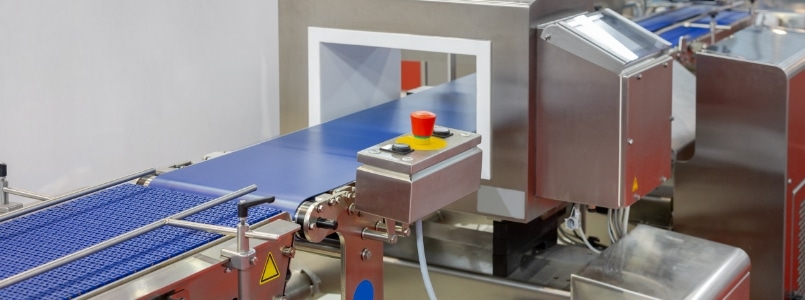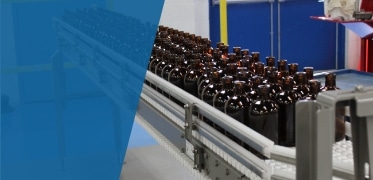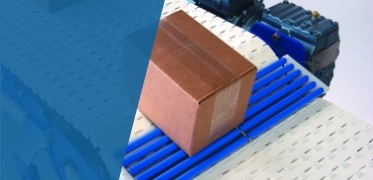
What Is Metal Contamination?
Metal contamination occurs when any pieces of metal make their way into a product during the manufacturing process. A conveyor metal detector is designed to alert you to any possible metal contaminants that make their way into your product.
There are three primary types of metallic contaminants:
- Ferrous metals are easily detected, as they are both magnetic and conductive.
- Non-ferrous metals are non-magnetic, but they are good conductors, so it is relatively easy to detect them.
- Stainless steel is, for most grades, both non-magnetic and a poor conductor, making it difficult to detect.

What Is a Metal-Free Zone?
A metal-free zone is an area near the metal detector in your conveyor system where no metal is allowed. Metal detectors are constructed with high-frequency magnetic fields built into the device’s metal casing. In spite of this careful construction, it is still possible for the magnetic field to leak out of the detector’s aperture. Because of this, a metal-free zone must be created in the area surrounding the aperture.
If metal is placed too near the metal detector in the metal-free zone, the detector’s signal may spike, causing a false positive and unnecessarily disrupting your production.
How Can You Create a Metal-Free Zone in Your Facility?
To create a metal-free zone, you will need to do some calculations based on the type of metal being used and the aperture size of your conveyor belt metal detector. If the metal is non-moving, it should be at least 1.5 times the aperture height away from the opening; moving metal should be at least 2 times the height away from the opening.
What Should You Consider When Choosing Metal Detection Conveyor Products?
When you are choosing a metal detector for your conveyor system and establishing a metal-free zone, you want equipment that can do the job quickly, spot contamination in your system and provide options for product disposal. The three factors to consider are:
1. Aperture Size
Most apertures are 8 inches high by 14 inches wide, but customization is possible if necessary to meet your product specifications.
2. Sanitation
If sanitation measures are included in the conveyors, your employees will be able to quickly and easily clean the conveyor surfaces, observe products flagged as containing metal and remove them so your line can continue operating.
3. Reject Mechanisms
If metal is detected, reject mechanisms are necessary to prevent further contamination and quickly remove the product.
The three types of reject mechanisms available include:
- Push-on detect. When a metal detector flags a product, a pusher mechanism mounted to the side of the conveyor removes the product from the line for disposal.
- Air blast. A blast of air is used to remove rejected products from the line.
- Diverter arms. An arm swings across the conveyor belt to remove rejected products from the line.
Trust Span Tech for Your Conveyor Belt Metal Detector Needs
Now that you have learned about metal detection and creating a metal-free zone, let Span Tech help your business keep its products and employees safe. If you have questions about our conveyor belt metal detectors, please contact us today and our team will be happy to assist.














